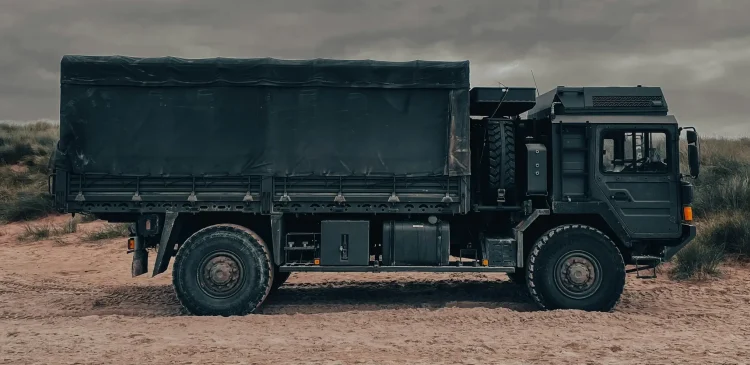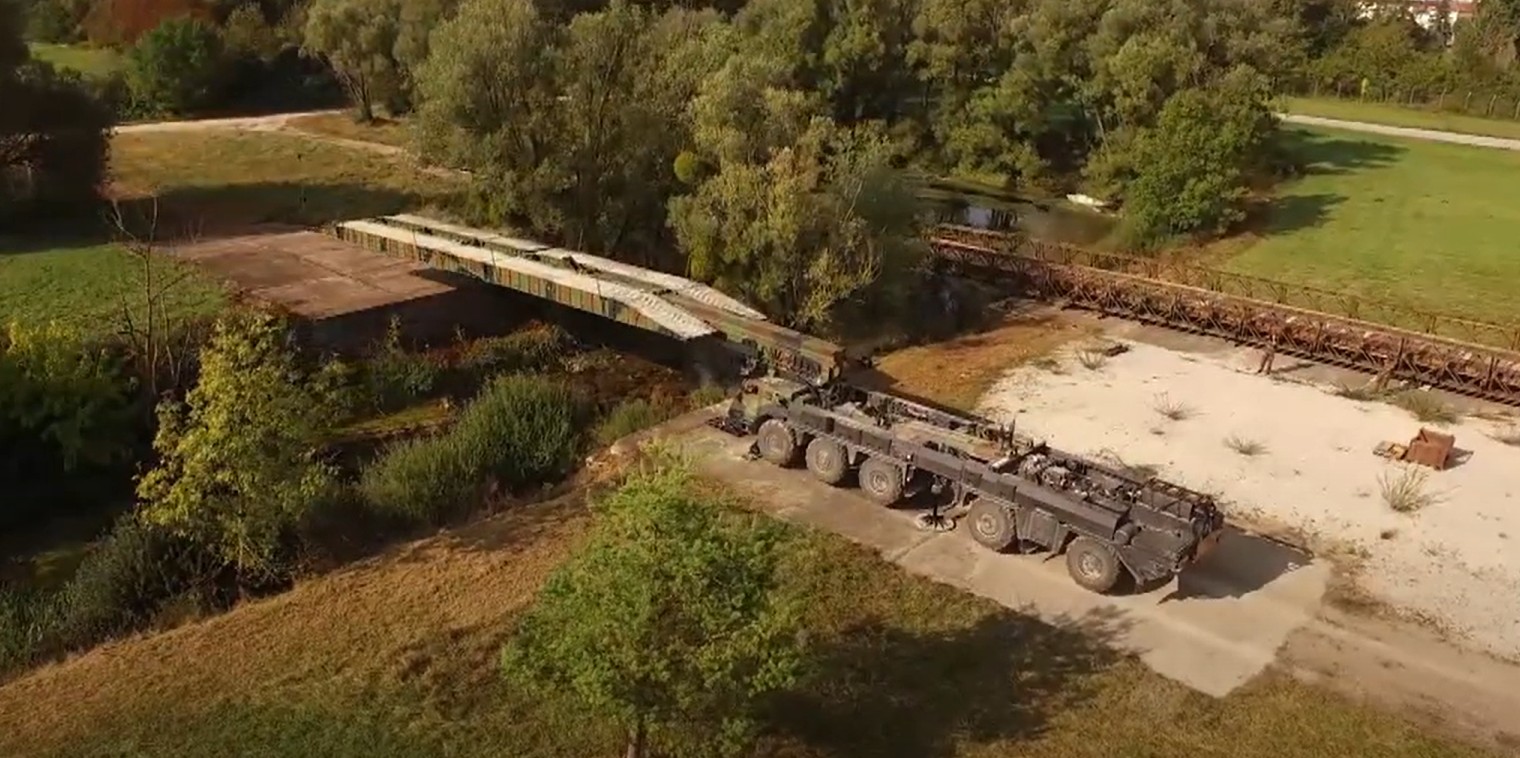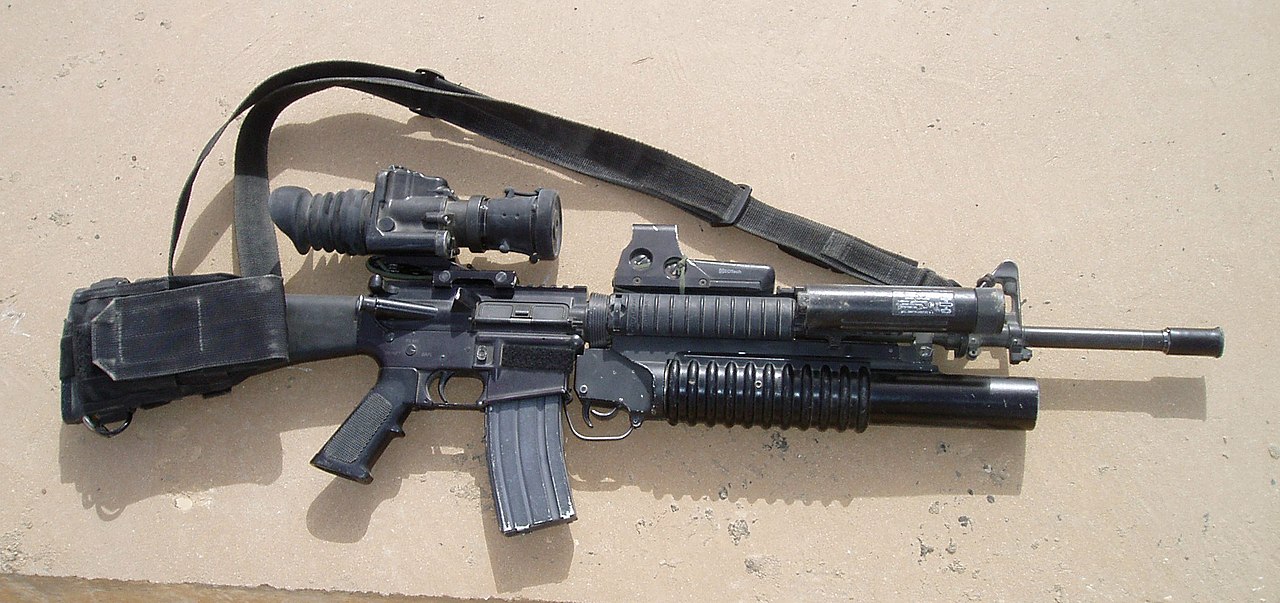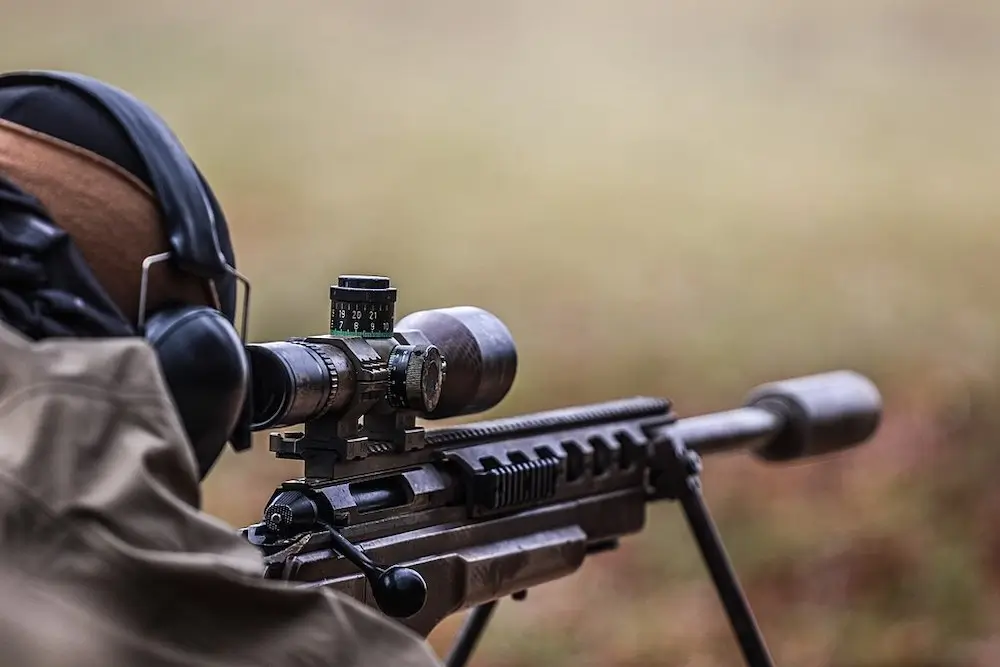Engineering vehicles play a crucial role in military operations, providing essential support in various construction, transportation, and demolition tasks. These specialized vehicles are designed to withstand rugged terrains, combat zones, and challenging environments, making them indispensable assets for the armed forces.
The Role of Engineering Vehicles in the Army
Engineering vehicles serve a wide range of functions within the army, including:
- Construction of fortifications and field defenses
- Clearing obstacles and debris
- Repairing roads and bridges
- Excavation and earthmoving tasks
- Recovery and towing of disabled vehicles
- Supporting combat engineering operations
Types of Engineering Vehicles
There are several types of engineering vehicles used by the army, each designed for specific tasks:
- Armored Engineer Vehicle (AEV): Equipped with a bulldozer blade, winch, and crane for clearing obstacles and building fortifications.
- Combat Engineering Tractor: Used for earthmoving, route clearance, and obstacle removal.
- Armored Recovery Vehicle (ARV): Designed for towing and recovering damaged or immobilized vehicles under combat conditions.
- Bridge Layer: Specialized vehicle for rapidly deploying portable bridges to facilitate troop movement.
Specifications of Engineering Vehicles
| Vehicle | Function | Specifications |
|---|---|---|
| Armored Engineer Vehicle | Obstacle Clearance | Weight: TODO Engine: TODO Speed: TODO |
| Combat Engineering Tractor | Earthmoving Tasks | Weight: TODO Engine: TODO Speed: TODO |
| Armored Recovery Vehicle | Vehicle Recovery | Weight: TODO Engine: TODO Speed: TODO |
| Bridge Layer | Bridge Deployment | Weight: TODO Engine: TODO Speed: TODO |
Conclusion
Engineering vehicles are vital assets in the army, providing critical support in various military operations. With their specialized capabilities and durability, these vehicles are instrumental in ensuring the success and safety of military missions.









